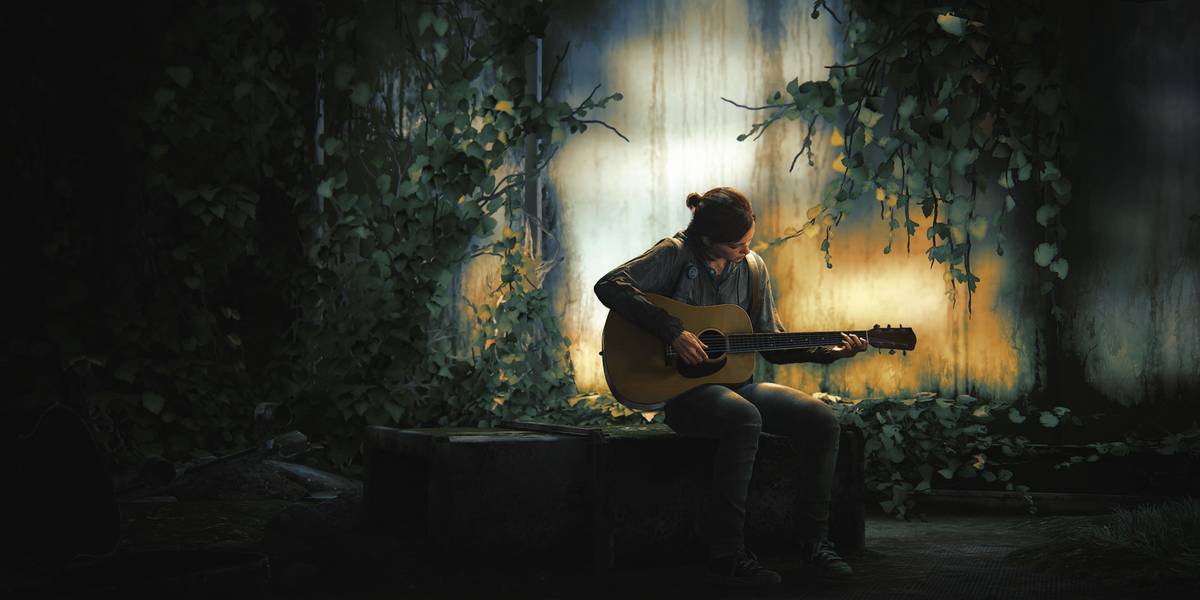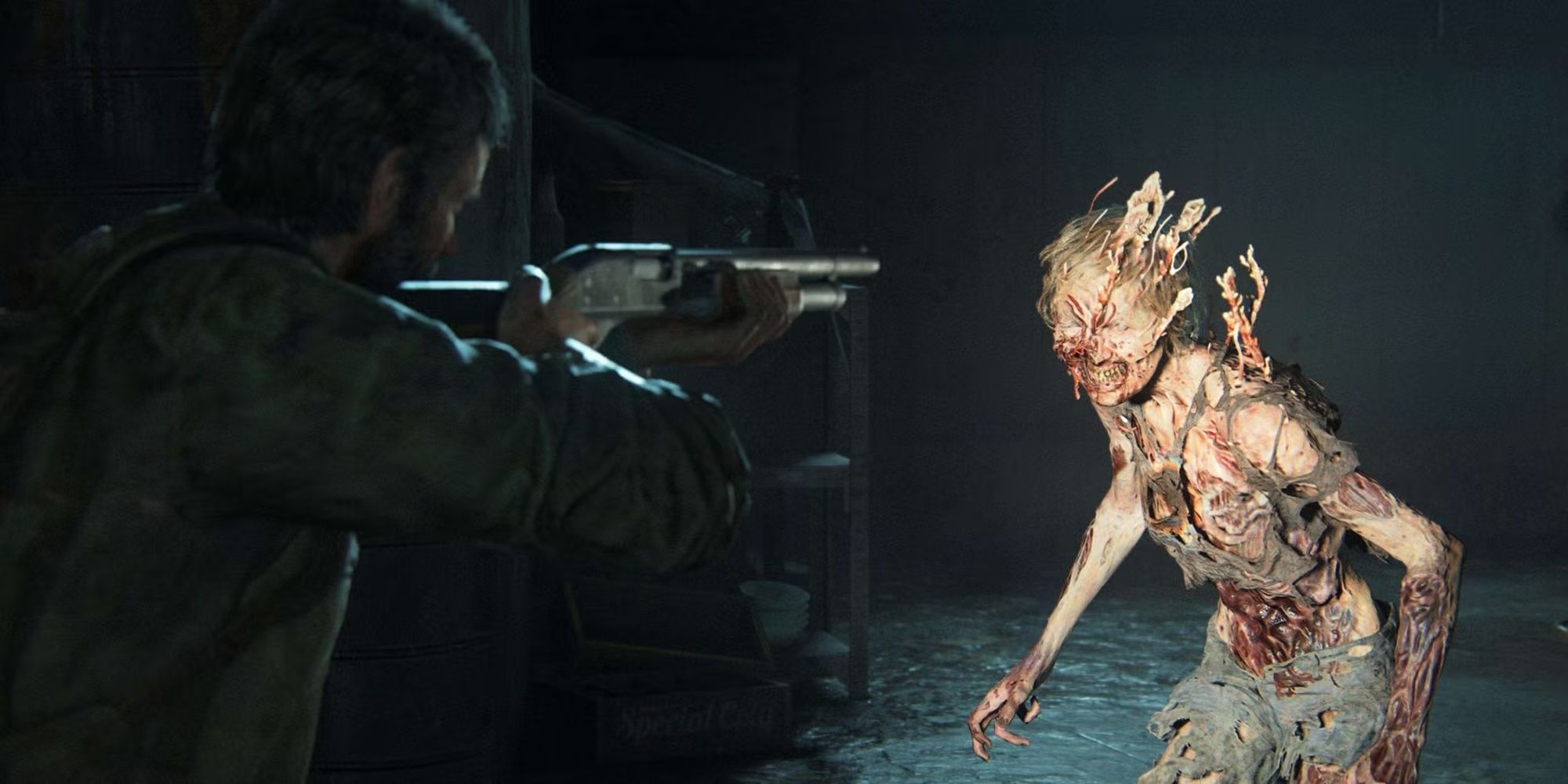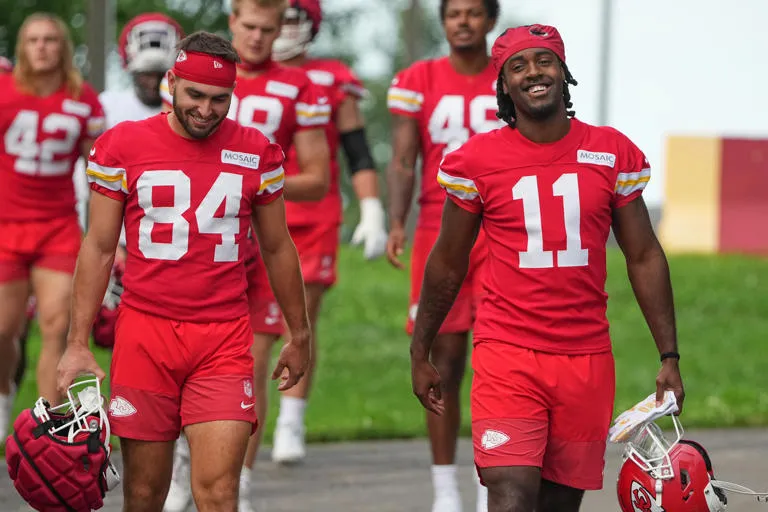Every few years, we get another generation of video game consoles, along with new tech to push the boundary of video games further. This usually means better load times, more interesting gameplay mechanics, and most notably, improved graphics.

However, there’s a long debate about whether the push for increasingly realistic graphics has gone too far. While it’s cool to play a game like The Last Of Us Part 2 where a cinematic or environment looks right out of a movie, it’s also done a good amount of damage to multiple parts of the gaming industry.
One common argument is that realism is being favored over style. When thinking about the most timeless games from the past few generations, you can see that games with a unique style are usually the ones that stand the test of time.
A recent Twitter argument highlighted that ultra-realistic graphics are also significantly impacting development times, with us now having to “wait 10 years for a new game in a franchise when we used to get a new one every year.” Then, a former artist for Naughty Dog under the username TheCartelDel replied that “he's right. Ultra realism slows everything down.”
The Argument Against Ultra Realism
Looking at The Last Of Us Part 2, this focus on ultra-realism is instantly noticeable. As explained in the Making The Last Of Us Part 2 documentary, much of the game's development focused on graphical functions and realistic depictions of characters and scenes.
The sad thing, however, is that this is undeniably taking a toll on the output of most major gaming companies. As the tweets explain, game companies simply aren't producing as much as they used to. Merely looking at Naughty Dog’s output, they went from releasing around four big titles for PS3 to two big titles for PS4.
And now that we are over halfway through the PS5 generation, we have yet to have a single major new Naughty Dog release. Although their next game, Intergalactic: The Heretic Prophet, is aiming for a 2026 release, that's a six-year gap compared to the last fully original Naughty Dog release.
And this argument isn't just for Naughty Dog, even if they're a clear example. The entire gaming industry is slowing down, with massive AAA budgets and development cycles that may take nearly a decade to complete.
Although their games are improving in various ways, including overall runtime and gameplay depth, it could be true that the game development bubble is reaching its bursting point, with too many massive teams funded on huge budgets, almost too big to make any profit.
Although there's no way that the trend towards ultra-realism in video games will ever completely diminish, we're hitting the point where it may not be smart to spend so much time on making a realistic video game simply for the sake of doing so.




